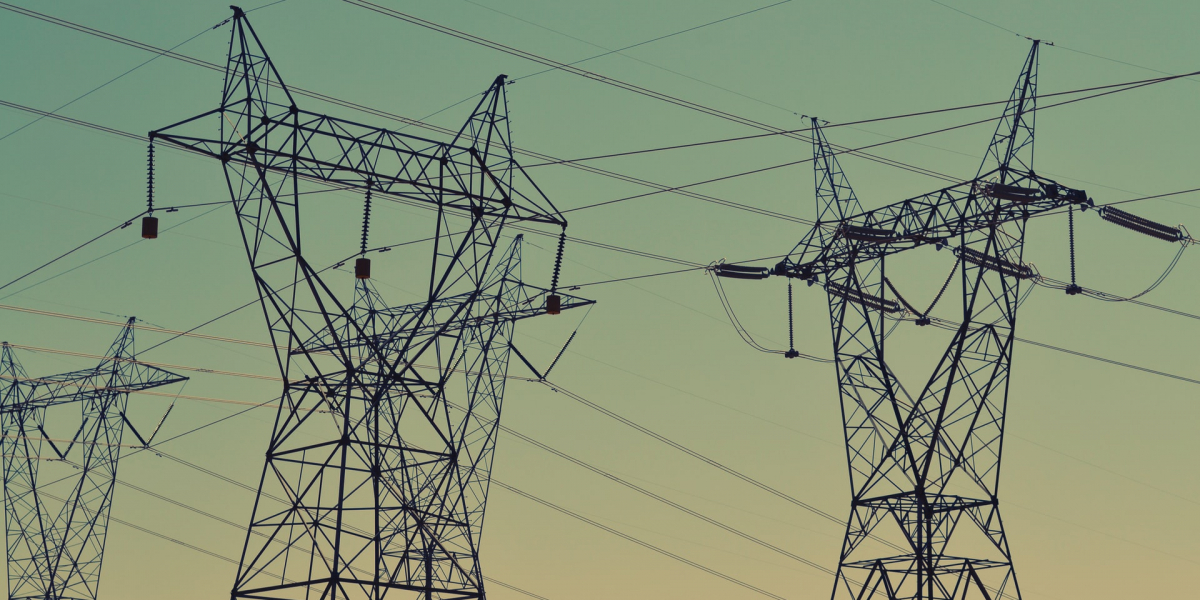
February 16, 2021
Guest post by Maria-Louise McMaster, Christina E. Hoicka, Yuxu Zhao and Runa R. Das
There is an urgent timeframe in which we need to accelerate our response to the challenges of climate change. The rapid diffusion of low-carbon innovations has been identified as a key strategy for maintaining average global temperature rise at or below 1.5°C. Low-carbon innovations are novel products or services that result in lower carbon emissions compared to established technologies. Diffusion is the process through which these innovations are communicated through societal channels over time, gaining increasing market share through widespread adoption and continued use. However, there are gaps in our understanding about how to measure and predict the rate and mechanisms through which multiple innovations can be diffused, and how they might mitigate climate change in an accelerated timeframe. To better understand how innovations being offered to energy users contribute to a low-carbon energy system transformation, our research project— led by Dr. Christina Hoicka and carried out through the social exergy + energy lab at York University— developed a novel framework to measure the potential for existing low-carbon innovations to disrupt and decarbonize energy systems. This framework is described in more detail in our recently released working paper.
Historically, energy transitions have been a gradual process that take place over the span of many decades. This is because energy systems are made up of complex networks of carbon-intensive technologies, infrastructure, institutions, and behavioral norms that, over time, are locked-in through path-dependent processes. The result is an interlocking system of technologies and actors that constrain the emergence of low-carbon innovation. Disruptive innovations are products or services that incorporate new features or attributes that can disrupt existing technologies and markets, leading to broad technological, social and political changes. Incremental innovations offer improvements to products or services, such as improved costs for consumers, but do not lead to broad technological or societal change. Low-carbon innovations tend to be incremental and reinforce the current energy system. Innovations with an environmental focus often experience slow rates of diffusion, and usually only one third successfully diffuse into mainstream consumer markets (defined as being above 15% market share). Furthermore, there is a tendency for studies to simplify the complexity of the diffusion process by focusing on a single technology case study, or on a small scope of influencing factors. However, energy technologies are rarely adopted and used in isolation. Our research addresses these gaps by:
Between 2017 and 2019, we identified 131 low-carbon innovations that had been offered to energy users in Ontario between 1998 and 2018. Some examples of innovations include: a municipal energy planning program, electric vehicle charging policy incentives, a community energy storage project, energy audits and regional sustainability initiatives. We identified them using desk research, a survey of experts across energy, environment, innovation and social innovation sectors, and a survey of the providers of the innovations themselves. Notably, our research found that:
The methodology, analytical framework and lessons learned can be replicated and applied as empirical analysis by policymakers and practitioners to a variety of contexts to inform the allocation – or reallocation – of resources towards innovations that have the potential to create transformation in the energy system and accelerate system-wide decarbonization. For example, it can be used to evaluate:
This research can help experts map the current landscape of low-carbon innovations being offered to energy users in their jurisdictions, to inform an accelerated pathway towards system-wide decarbonization.
For more, check out the accompanying working paper here, which describes the analytical framework, methodology, descriptive statistics and correlation analysis as we applied it to Ontario, Canada. The research has been funded by the Smart Prosperity Institute, the Social Science and Humanities Research Council, York University, and the Energy Modelling Initiative.